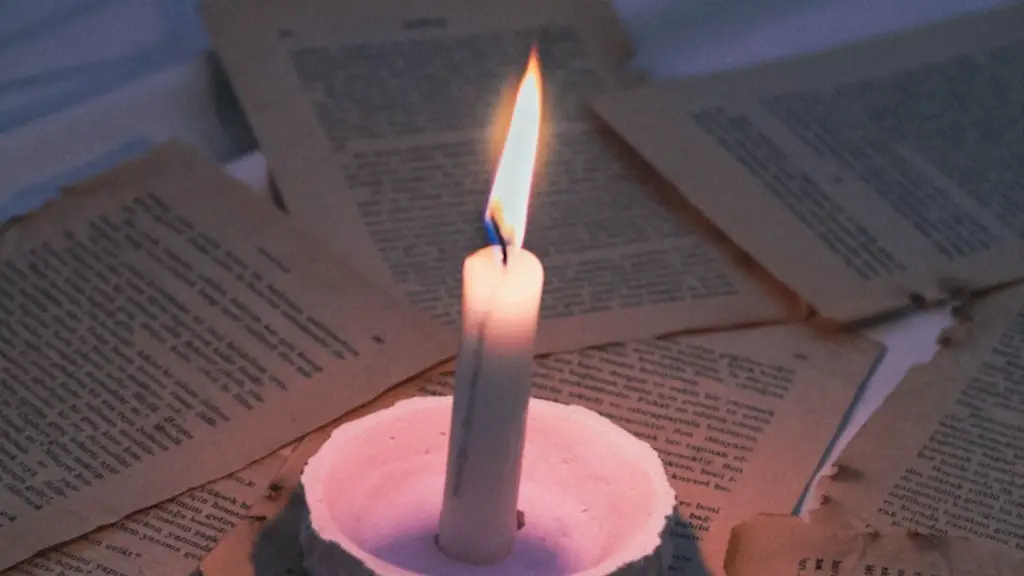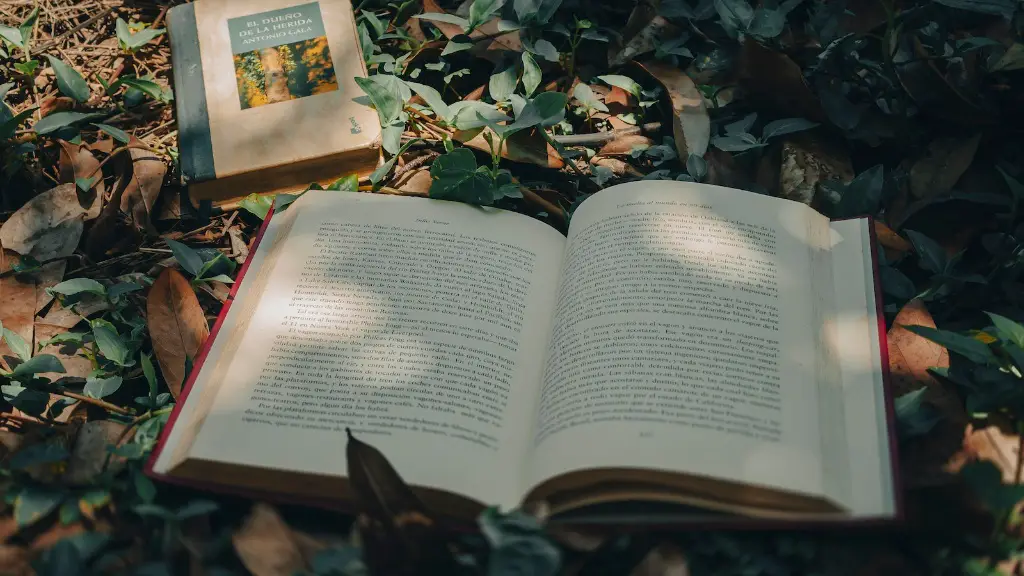Definition
Poetry is a form of creative writing that communicates emotion, symbolism, or beauty through the use of rhyming or non-rhyming words. It is considered one of the most ancient forms of creative expression and is often regarded as an art form. Poetry can be written in any language as it is a purely creative form of literature. There are many types of poetry, ranging from timeless classic works to modern and experimental forms. The term “poetry” is derived from the Latin poeta, which means “creator” or “maker.”
Synonyms for Poetry
While “poetry” is the most widely used name for the art form, there are several other names that are used to describe the same thing. These include “lyric,” “verse,” “ode,” “rhyme,” and “stanza.”
Lyric poetry is a type of poetry that expresses personal emotions or feelings. It is usually written in a strict meter and accompanied by music. It can be found in many popular songs and is often used to add a poetic tone to a song.
Verse is a collection of lines of poetry that are arranged in a specific order, often containing a subject and/or rhyme purpose. Odes are a type of poem that celebrates or praises a person, place, idea, or event.
Rhyme is the repetition of sounds for poetic effect. Stanzas are a type of poetic structure that is composed of a group of lines.
History
The origin of poetry is impossible to trace definitively but many scholars attribute its ancient roots to oral storytelling. Poetry later became a written form of communication during the dawn of written language, often as part of fables, legends, religious texts, songs, and epics. Over time, poetry evolved into a well-crafted and heavily stylized craft. Today, poetry is a popular form of creative expression, and modern poets use it to explore a wide range of topics, such as politics, social issues, love, relationships, and everyday life.
The Impact of Poetry
Poetry has a profound impact on culture, often serving as a vehicle for people to express their feelings, experience, and ideas in a creative and concise manner. Poetry has the power to bring about social and political change, provide an escape from reality, and bring people together in a shared experience of emotions. It can also be used to evoke certain emotions and to make a powerful statement about a particular issue. The influence of poetry is not limited to the written word, but also extends to music, art, and other forms of expression.
How to Express Poetry
Expressing poetry can be done in a variety of ways. It can be read aloud, shared with others through conversations and performances, or published for a wider audience. Writing poetry can also be a great way to sharpen creative writing skills, as well as improve communication skills. There are a number of ways to study and practice poetry, including attending classes and reading poetry books. Poets can also explore their craft and hone their skills on their own.
Modern Poetry
Modern poetry has undergone a resurgence in the past few decades, as more and more poets have sought to make their voices heard in an increasingly interconnected world. Modern poets often focus on topics such as personal identity, mental health, social media, and technology. While some poets have embraced traditional forms, others are more experimental in their approaches, combining traditional poetic structures with digital forms such as hip-hop, spoken word, and multimedia.
Poetry in Education
The study of poetry can be beneficial for both teachers and students alike. It can help increase students’ literacy skills, spark their imaginations, and enhance their understanding of language. It is also a great way to expose them to different cultures and forms of communication. Poetry can help teachers expand their knowledge of language arts and their teaching styles. Furthermore, poetic activities can provide a great way to engage learners and enhance the learning environment.
Elements of Poetry
The elements of poetry include meter, rhyme, consonance, alliteration, assonance, and imagery. Meter is the regular pattern of stressed and unstressed syllables in a line of poetry. Rhyme is the repetition of similar sounds at the ends of words. Consonance is the repetition of consonant sounds at the ends of words, while alliteration is the repetition of the same consonant sound in a line of poetry. Assonance is the repetition of the same vowel sound in a line of poetry. Finally, images are vivid descriptions that help evoke an emotional response from the reader.
Poetry Writing
Writing poetry can be a powerful and rewarding experience. It offers an opportunity for self-expression, self-discovery, and exploration of one’s thoughts and feelings. To learn how to write poetry, poets must first understand the basics of poetic craft, including form, structure, rhyme, meter, and imagery. It is also helpful to read poetry of all genres and eras to immerse oneself in the craft and get inspired. Additionally, poets must find their own voice, explore their creativity, and practice writing regularly.
The Power of Poetry
Poetry has a long, rich history that encompasses different cultures, traditions, and forms of expression. Poetry has a profound impact on society, often serving as a powerful source of comfort, expression, and inspiration. It can spark conversations, evoke emotion, and challenge preconceived notions. Poetry can be intimidating at first, but with practice, anybody can learn how to write and appreciate it.


